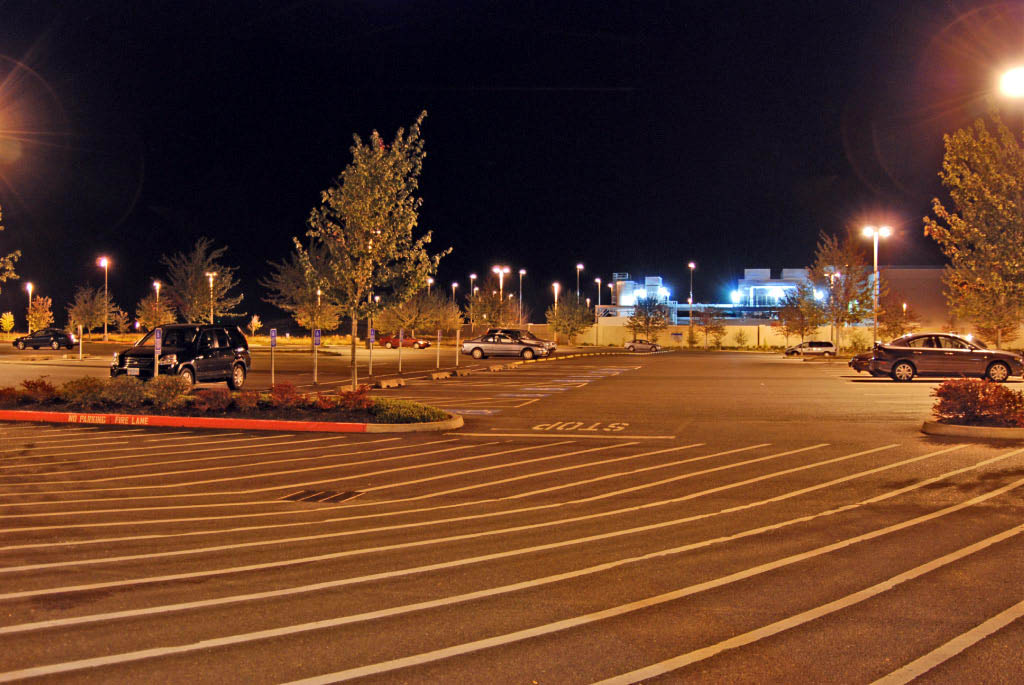Today’s office is a series of poor design choices.
I’m sitting in a hire car in the Jones Farm Campus car park despite the 31 degree heat and the fact that I’m literally dripping with sweat – I keep the windows tightly sealed. Progress is watching the minutes slowly tick by and mounting physical discomfort. To what do I owe this sauna’ed pleasure? Why am I in here and not out there?
At six pm the car’s security system had for some reason kicked highlighted by an icon of a locked-engine icon appearing on the dash board. A call to roadside assistance confirms that the car needs to be ‘security reset’ and that to do this means sitting for 20 minutes in the car with the windows wound shut, the key in the ignition without touching anything. So I sit and watch the minutes tick by, watch the conference delegates stream onto busses and leave, and I drip sweat. After 20+ minutes of following the instructions to the letter I turn the key in the ignition and… nothing. The engine remains locked.
In a connected and sensing world what does it mean to ‘touch nothing’? Can the car (or the people the car reports to) know whether the windows are have been wound down? That the sun visor has been repositioined? Does it sense movement in the car seat? That pages of a newspaper were turned within its space? In a connected world how do you know what is not connected? Designers and system planners utilize the interconnectedness of objects to create new ways of doing things – including an out-there equivilent of CTRL-ALT-DEL to reset the car.
The complexity of this stuff is non-trivial – its going to get far worse for humans before it gets better.
The conference delegates leave shortly after 6 pm. The car park is nearly empty by 9. When the taxi arrives at 9:30 the hire car becomes someone else’s problem.
